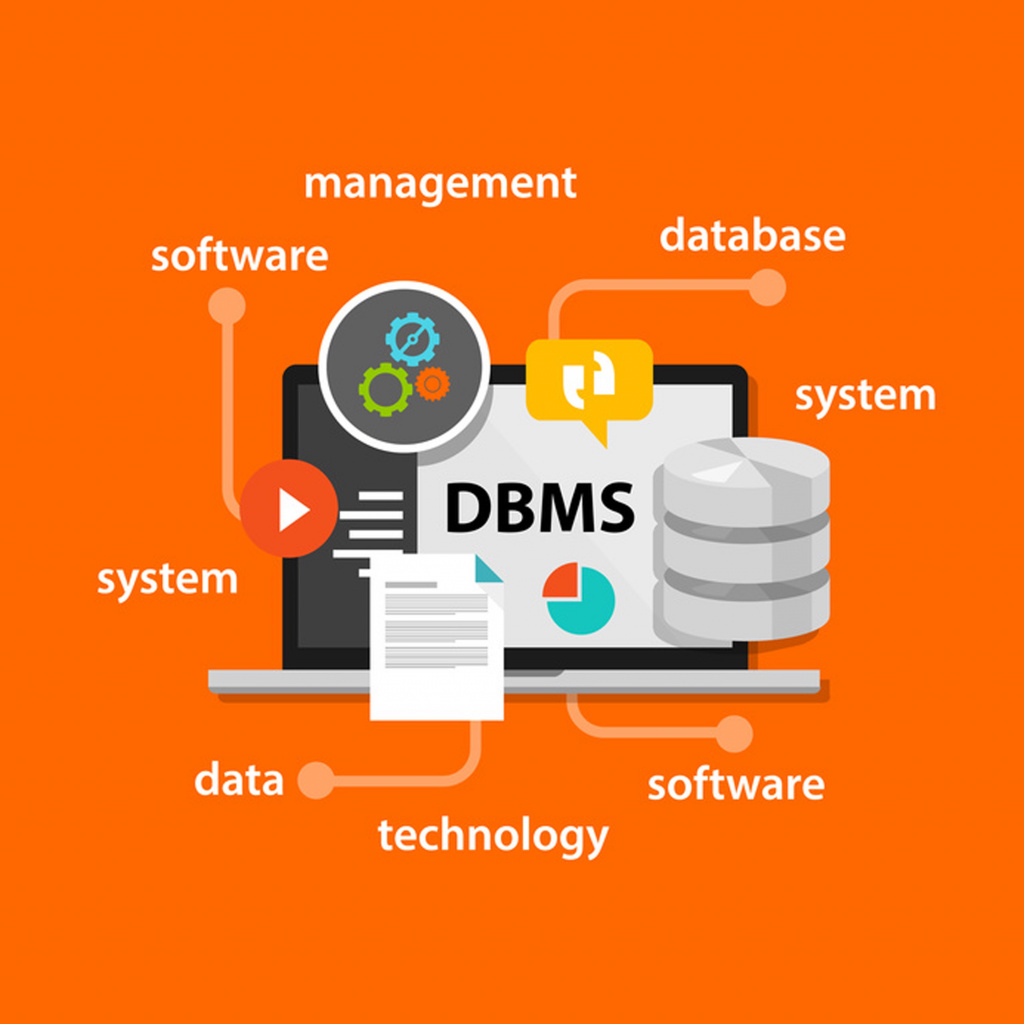
If you ask most teachers what a database is, they may well explain that it s a bit of software and throw in an analogy to a card index, explaining that it might help you find the bit of information you want more quickly. It s a fair analogy at one level but at another level, it misses the mark by a considerable margin.
We live in a data-driven society. Every time we pick up a telephone, a database records the number dialed and the length of the call. It matches this information to the current time of day in order to work how much we should be charged and what new communications products we might be interested in. Then the database passes this information to the telesales department.
At the supermarket, the cost of every item we purchase is checked by a database and added to our total bill (taking special offers into account). The database checks stocking levels too. It records all our purchases against our demographic details and the times we normally use the store. This data may later be sold to marketing companies. Before accepting our payment by debit card, the database software checks whether there are enough funds in our bank account. It also attempts to build a spending profile for our account in order to prevent fraudulent card-use. The final transaction is processed electronically and virtually instantaneously. Now if we were to do all that shopping online… well, I’m sure you can complete the picture.
When considered in this way, the suggestion that a database is like a card index rather undersells the importance of databases in modern society. Data is central to the way we live and yet few of us understand data in ways that appreciate the power of effective data handling.
The National Curriculum requires that databases are used across the curriculum – not just in ICT but also in mathematics, science, humanities, art and even in PE. The QCA Schemes of work document for ICT indicates that skills in developing and using databases should be taught. Through Key Stages 1 and 2, this work is centred around:
- the structures of databases (understanding that records contain information about specific items and that fields within each record contain the relevant details about the item)
- searching for information within databases (producing charts or carrying out simple searches to find specific answers)
Through Key Stage 3, the focus turns more to real-world applications of databases, and pupils are encouraged, not only to search for information, but to view it critically, compare and contrast sources of information for bias and draw conclusions based on likely, plausible or appropriate answers.